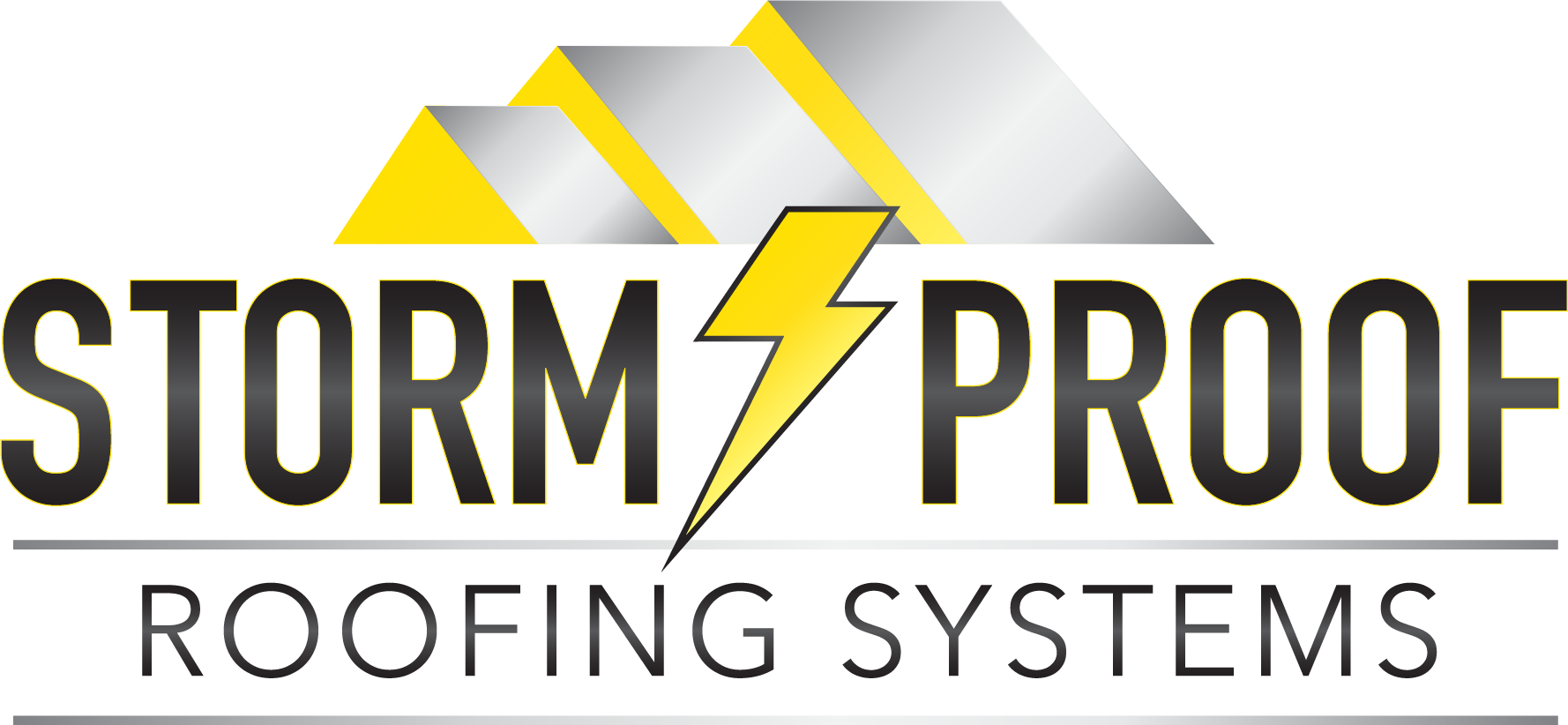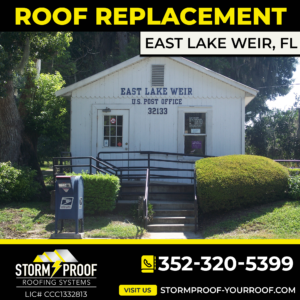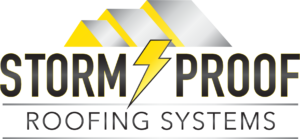The integrity of your home largely depends on the condition of its roof, acting as the first line of defense against the elements. Timely and accurate roofing estimates and inspections are crucial for maintaining this shield effectively. Neglecting roof maintenance can lead to significant risks, including structural roof damage, roof leaks, and costly roof repairs down the line. This blog post aims to underscore the importance of these processes, detail the difference between a roofing estimate and an inspection, and highlight the signs that your roof may need attention. By understanding these aspects, homeowners can ensure their roofs remain in top condition, safeguarding their homes and families.
Understanding the Need for Roofing Estimates and Roof Inspections
The Difference Between Roofing Estimates and Roof Inspections
A roofing estimate provides homeowners with a detailed breakdown of the costs involved in a roofing project, including materials and labor. It’s a preliminary step that helps in budgeting and decision-making. In contrast, a roof inspection is a comprehensive evaluation of a roof’s condition, identifying issues like damage, wear, and potential roof leaks. While an estimate outlines potential costs, an inspection reveals the current state of your roof.

Signs Your Roof Needs an Roof Estimate and Roof Inspection
- Visible Damage: Missing, cracked, or curled shingles are tell-tale signs that your roof may require repairs or replacement.
- Leaks: Water stains on ceilings or walls indicate roof leaks that need immediate attention.
- Aging Roof: If your roof is nearing the end of its expected lifespan, typically 20-30 years for asphalt shingles, it’s time for an inspection.
The Benefits of Regular Roof Inspections
Regular roof inspections can:
- Extend the Life of Your Roof: Identifying and fixing minor issues can prevent them from becoming major problems.
- Save Money: Early detection of problems means less expensive repairs.
- Ensure Safety: Keeping your roof in good condition protects your home and family from weather-related damages.
For more insights and services related to roofing, consider exploring resources like StormProof Your Roof, where you can find comprehensive services ranging from professional roof repairs to roof estimate in Sumter County, and even roof inspections.
Additionally, for those interested in specific roofing materials or styles, information on Atlas Shingles, tile roofing, or even the benefits of metal roofing in Citrus County can offer valuable guidance.
Preparing for a Roofing Estimate and Inspection
Ensuring your roof is in optimal condition begins with finding the right professionals for an estimate and inspection. Here’s how to embark on this process confidently.
Finding Reputable Roofing Contractors or Inspectors
- Start with Research: Utilize resources like StormProof Your Roof’s blog for guidance and recommendations on finding local experts.
- Check Reviews and References: Look for customer feedback on sites linked to trusted roofing repair in Inverness and ensure the contractor or inspector has a good reputation.
- Verify Licenses and Insurance: Essential for protecting yourself against liability and ensuring the contractor meets industry standards.
- Consider Specializations: Whether you’re interested in metal roofing or shingle replacement, look for contractors with specific expertise.
Questions to Ask Potential Contractors or Inspectors
- Experience: How long have you been in business?
- References: Can you provide references from recent projects?
- Warranty: What warranties do you offer on materials and labor?
- Process: Can you walk me through your inspection and estimate process?
- Timeline: What is your estimated timeline for completion?
Preparing Your Property for the Inspection
- Access: Ensure easy access to your roof by unlocking gates or removing any vehicles or furniture that might obstruct the way.
- Pets: Keep pets indoors to avoid any distractions or accidents.
- Safety: Communicate any known roof issues or weak spots to the inspector for their safety.
The Roofing Estimate Process
Understanding the roofing estimate process can demystify what to expect and help you make informed decisions.
What to Expect During a Roofing Estimate
- Inspection: A thorough roof inspection to assess condition, identify issues, and determine needs.
- Discussion: A conversation about your roofing preferences, concerns, and budget.
- Estimate Presentation: A detailed estimate provided, often including options for different materials or solutions.
Key Components of a Roofing Estimate
- Materials: Costs for shingles, underlayment, flashing, and other materials. Options like Atlas Pinnacle Pristine Shingle may be suggested.
- Labor Costs: Charges for the physical work to be done.
- Warranties: Details on manufacturer and workmanship warranties, potentially including GAF Timberline HDZ shingles’ warranty.
- Timeline: Estimated start and completion dates.
- Payment Terms: Required down payment, progress payments, and final payment details.
How to Compare Estimates from Different Contractors
- Apples to Apples: Ensure estimates are based on the same scope of work, materials, and labor.
- Detail Attention: Verify that all aspects of the project are covered to avoid hidden costs.
- Quality Over Price: The lowest estimate isn’t always the best. Consider the contractor’s reputation, reviews, and the quality of materials.
- Warranties and Guarantees: A more extended warranty might justify a higher estimate.
By carefully selecting your roofing contractor or inspector and understanding the estimate process, you can ensure your roofing project is successful and your home is well-protected. Resources like StormProof Your Roof can be invaluable throughout this process, offering expertise and peace of mind.
The Roofing Inspection Process
A roofing inspection is a critical step in maintaining the health of your roof. Understanding this process can prepare you for what to expect and help in addressing any issues promptly.
What to Expect During a Roofing Inspection
- Visual Inspection: The inspector will check both the interior and exterior of the roof, looking for signs of wear, damage, and potential leaks.
- Photographic Evidence: Photos may be taken to document the condition of your roof and highlight any concerns.
- Drainage Check: Inspectors often examine gutters, downspouts, and drainage to ensure water is properly diverted away from your home.
- Assessment of Roofing Materials: The condition of shingles, tiles, or metal panels will be evaluated, along with underlayment and flashing.
Common Issues Uncovered During Inspections and Potential Solutions
- Leakage: Often caused by cracked or missing shingles, faulty flashing, or underlayment failure. Solution: targeted repairs or replacement of affected areas.
- Improper Ventilation: Can lead to heat and moisture buildup, damaging the roof structure. Solution: improve ventilation through additional vents or fans.
- Structural Issues: Sagging or uneven roof lines may indicate structural concerns. Solution: professional assessment and potential reinforcement of the roof structure.
- Wear and Tear: Normal aging can lead to decreased performance. Solution: preventative maintenance or planning for eventual roof replacement.
The Importance of a Detailed Inspection Report
A comprehensive inspection report is crucial as it:
- Documents the Condition: Provides a baseline of your roof’s current state.
- Identifies Immediate and Future Concerns: Helps prioritize repairs and plan for long-term maintenance.
- Facilitates Decision Making: Aids in deciding between repair and replacement based on factual data.
- Useful for Insurance Claims: Detailed reports and photographic evidence can support claims processing.
After the Inspection – Next Steps
The inspection report will guide your next steps, whether that involves repairs, maintenance, or a full replacement.
Deciding Between Repair and Replacement
- Repair: If the damage is localized or the roof is relatively new, repairing specific areas might be sufficient.
- Replacement: In cases of extensive damage, aging beyond repair, or if the roof is nearing the end of its lifespan, replacement may be the most cost-effective long-term solution.
Understanding the Timeframe and Planning for Roofing Work
- Scheduling: Work with your contractor to find a suitable time for the work to be done, considering weather conditions and their current workload.
- Preparation: Depending on the scope, prepare for noise, potential access issues, and safety considerations during the project.
Financing Options for Roofing Work
- Insurance Claims: If damage is due to a covered event, your homeowner’s insurance may cover some or all of the costs. Always check your policy and work with an experienced contractor who can help navigate claims.
- Payment Plans: Some contractors offer financing options, allowing you to spread the cost over time. This can be a helpful way to manage large expenses without delaying necessary work.
- Government and Manufacturer Rebates: Look into rebates or incentives for using certain materials or for energy-efficient upgrades.
Choosing the right path after a roofing inspection involves understanding the issues at hand, considering the long-term health of your home, and assessing financial options. Engaging with reputable professionals, like those found through StormProof Your Roof, ensures that you have the support and information needed to make informed decisions and maintain a secure, durable roof over your head.
Maintenance Tips to Extend Your Roof’s Lifespan
Maintaining your roof is crucial for extending its lifespan and ensuring your home remains safe and dry. Here are some practical tips for homeowners.
Regular Maintenance Tasks Homeowners Can Perform
- Inspect Your Roof Regularly: Look for missing, damaged, or aging shingles and check for signs of moss or algae.
- Clean Gutters and Downspouts: Keep them free of debris to prevent water backup that can damage roofing materials and the underlying roof deck.
- Trim Overhanging Branches: Reduce the risk of damage from falling limbs and decrease the accumulation of leaf debris on the roof.
- Check for Signs of Pest Activity: Animals and insects can cause significant damage if not addressed promptly.
When to Schedule Professional Inspections
- Frequency: At least once a year, preferably in the spring or fall to prepare for the coming season.
- After Severe Weather Events: If your area experiences a significant storm, hail, or high winds, schedule an inspection to assess potential damage.
Tips for Maintaining Different Types of Roofing Materials
- Asphalt Shingles: Look for granule loss or curling, which indicate aging or damage.
- Tile Roofs: Inspect for cracked or broken tiles and ensure flashing is intact, especially around chimneys and vents.
- Metal Roofing: Check for rust, loose seams, or fasteners that may need tightening or replacement.
- Flat Roofs: Ensure proper drainage and check for pooling water or cracks in the roofing membrane.
Conclusion
Timely roofing estimates and inspections are vital to maintaining the health and longevity of your roof. Regular maintenance and professional assessments can prevent minor issues from escalating into major problems, saving homeowners time and money. Acting proactively to address roofing concerns not only protects your property but also ensures the safety and comfort of your household.
Call to Action
Don’t wait for leaks to appear or for significant damage to occur. Contact a professional roofing contractor today to schedule a comprehensive roofing estimate and inspection. Taking this step can help you understand the current condition of your roof and plan for any necessary repairs or replacements. If you have any questions or comments about maintaining your roof, feel free to leave them below this blog post. Our team is here to assist you with expert advice and solutions.
FAQs
Q: How often should I get a roofing estimate?
A: Consider getting an estimate when planning any roofing work, after severe weather events, or if you notice visible damage to your roof.
Q: Is a roofing inspection really necessary if I don’t see any leaks?
A: Yes, many issues aren’t immediately visible and can worsen over time. Regular inspections help identify potential problems before they become serious.
Q: Can I perform roof inspections myself?
A: Homeowners can do preliminary inspections from the ground, but it’s advisable to have professional inspections for a thorough assessment.
Q: How do I choose a reputable roofing contractor?
A: Look for licensed, insured contractors with positive reviews, solid references, and significant experience. Platforms like StormProof Your Roof can be a valuable resource.
Remember, a well-maintained roof is key to the overall health of your home. Taking proactive steps today can prevent costly repairs and ensure your roof’s longevity.





